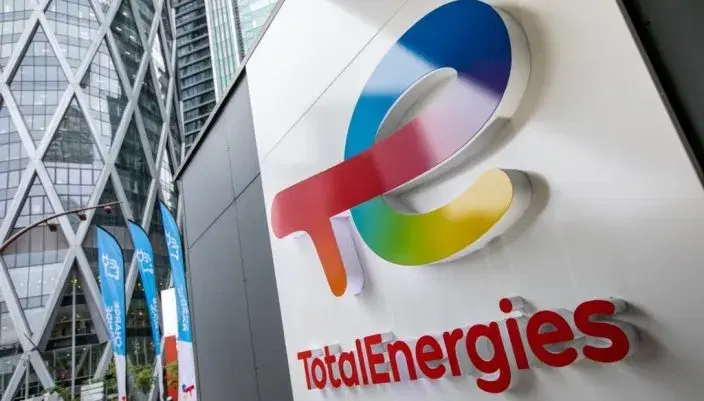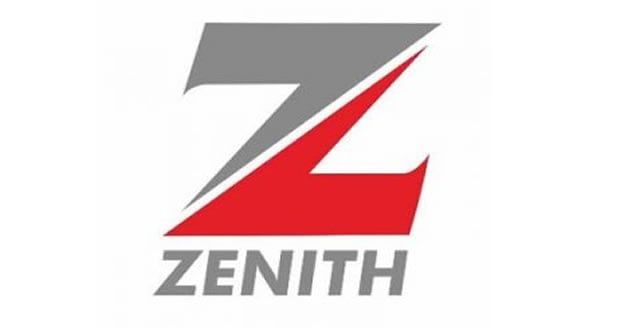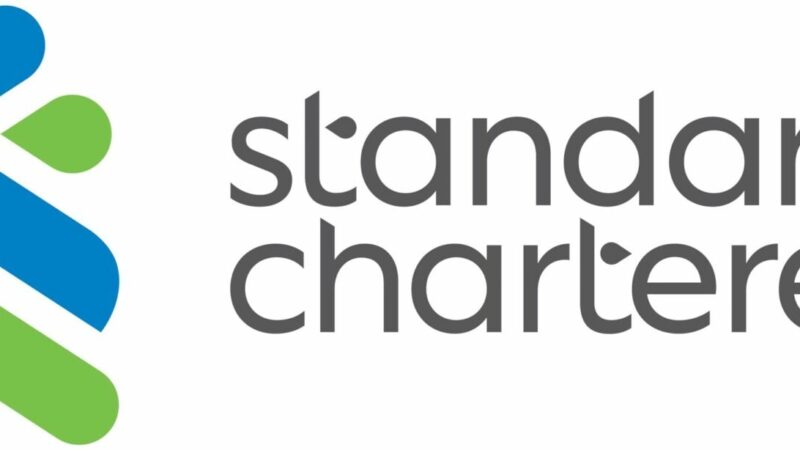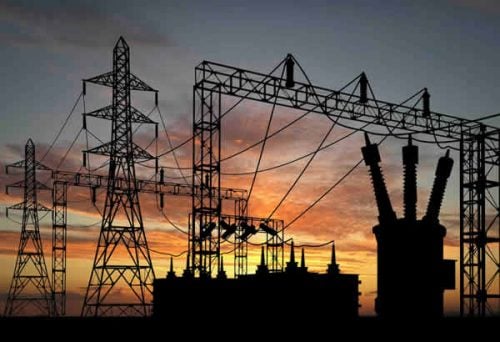TotalEnergies Pushes For Low Carbon Initiative With Global Asset Drilling
 Energy major, TotalEnergies has unveiled a global project to reduce carbon emissions and is top among other majors for remaining committed to low-carbon investments while continuing to replenish and expand its ample oil and gas portfolio, with an appetite for high risk/high return projects.
Energy major, TotalEnergies has unveiled a global project to reduce carbon emissions and is top among other majors for remaining committed to low-carbon investments while continuing to replenish and expand its ample oil and gas portfolio, with an appetite for high risk/high return projects.
In Nigeria TotalEnergies is actively involved in deepwater oil and gas exploration and production in Nigeria.
They are a major player in the Egina field, which is one of the deepest offshore projects operated by the company. TotalEnergies is also planning further drilling campaigns, including infill drilling on OML 130, which hosts the Egina field.
France’s TotalEnergies has been pursuing a consistent strategy for some time and currently looks unlikely to change course unless oil prices fall further.
The company is something of an outlier among majors for remaining largely committed to its low-carbon plans as others have pivoted back to oil and gas. Nonetheless, TotalEnergies’ portfolio is underpinned by an extensive inventory of oil and gas assets and upstream spending will continue to make up the majority of its capex over the coming years.
TotalEnergies benefits from the strength and depth of its portfolio, with a variety of options offering potential for growth, according to Kim Fustier, the head of European oil and gas research at investment bank HSBC. This spans deepwater, onshore and LNG assets, among others. In recent years, a focus on gas—both upstream and LNG—has been evident, with TotalEnergies investing in a number of major projects around the world. This comes against the backdrop of numerous countries increasingly turning to gas to decarbonise power generation, while Europe has also scrambled to pivot away from Russian gas imports and find alternative sources of supply.
Unlike other European IOCs, Total has consistently continued to invest upstream throughout the period—an ‘all-of-the-above’ approach, while others reduced upstream investment to make space for low-carbon capex,” Kim Fustier, HSBC.
While TotalEnergies still has some exposure to Russian LNG, it has scaled back this exposure since the start of the war in Ukraine, and increasingly appears focused on LNG projects elsewhere, including Mozambique LNG, which it operates.
Among other projects currently under construction, TotalEnergies has minority stakes in the North Field East and North Field South expansion projects in Qatar and also bought into the Rio Grande LNG project in the US before a final investment decision (FID) was announced on that project in 2023. TotalEnergies says it has become the second-largest LNG producer globally.
“It’s a very well-balanced upstream portfolio and they’ve been very consistent in replenishing it,” Fustier said. This has been done through a combination of exploration and farm-ins, with Fustier citing TotalEnergies’ mid-June announcement that it was buying a 25 per cent stake in a portfolio of 40 offshore exploration leases in the US Gulf of Mexico from Chevron as a recent example.
“It’s the consistency, the visibility, the quality of the resource and the diversity,” said Fustier of TotalEnergies’ strengths.
Meanwhile, analysts from investment bank Berenberg in a recent note highlighted the addition of “meaningful resources” to TotalEnergies’ portfolio through acquisitions and asset deals including Maersk, North Platte and Libra, as well as concessions such as Al-Shaheen, Umm Shaif and Nasr. The Berenberg analysts anticipate that TotalEnergies will also achieve future growth through several mega-projects, primarily in deepwater and LNG.
There is real growth potential within TotalEnergies’ portfolio. On the upstream side, the company has a geographically diversified, high risk/high return portfolio, with significant exposure to Africa. Also, it is doubling down on gas and LNG assets, which helps to reduce risk of stranded assets and provides growth opportunities
TotalEnergies’ production profile is likely to grow starting from this year, with this growth mainly driven by gas projects, while other European majors are struggling to stabilise/grow output.
The Berenberg analysts cited projects in Mozambique and Qatar as examples of TotalEnergies’ efforts to ramp up its exposure to LNG. They expect these efforts to bring “diversification benefits and steady cash-flow generation” as these projects enter service.However, operating in countries including Mozambique— and elsewhere in Africa—also comes with additional risk.
“They tend to be a little more open to frontier areas than their supermajor peers and we’ve seen them do that in Mozambique, in Namibia – they have a greater risk appetite than either their US or UK peers,” said Fustier of TotalEnergies’ approach. “Sometimes that very much works in their favour,” she continued, citing TotalEnergies’ exposure to Libya, where it has been more willing to invest than several of its peers, at least until recently. “And sometimes it’ll backfire. Mozambique and the continued delays there due to the extension of force majeure is a good example of that, where looking back in the fullness of time it’ll become apparent that it was not a great idea for them to pay nearly $4b for that asset, which was delayed for many years,” she added. “They very much take a portfolio approach to risks, and some of those bets will pay off and some of them won’t.”
Political risks extend beyond Africa too. Recent HSBC research co-authored by Fustier noted, for example, that the risk that TotalEnergies might lose its remaining assets in Russia could not be ruled out.
On the low-carbon side, TotalEnergies leads the way among its peers in terms of capex plans over the next few years, which is even more notable after other European majors scaled back their low-carbon investment budgets recently. Fustier noted that the company had started leaning into the energy transition and investing more in low-carbon energy around 2020-21.
“Unlike other European IOCs, Total has consistently continued to invest upstream throughout the period—an ‘all-of-the-above’ approach, while others reduced upstream investment to make space for low-carbon capex,” Fustier said.
Now, low-carbon investments are falling out of favour to some extent. In a report published in April, Rystad noted that based on their updated capex guidance, European majors now stood to spend $19b less on low-carbon businesses over 2025-27 than they had planned in 2023. The largest downward adjustments in capex plans had come from Shell, BP and Equinor, Rystad added, while Eni and TotalEnergies remained largely committed to their low-carbon growth plans.
On the low-carbon business portfolio, TotalEnergies is very selective with projects they’re willing to invest in, they’re focusing on growing their low-carbon business in a profitable way. TotalEnergies sticks to the integrated power model, where it combines renewable and traditional power generation, which helps with returns.
Thus far, this approach appears to be paying off, with the company thus far not coming under major investor pressure to change course even though it increasingly stands out from its peers.
“They’ve done a decent job batting away those questions and trying to explain why their low-carbon capex stands out,” said Fustier. “The market has given them a free pass, because they’ve been able to generate positive CFFO [cash flow from operations], which isn’t the case for everyone, although they’re obviously not positive free cash yet – that’ll be later this decade, probably 2028-29 or so.”
Fustier believes that the most likely scenario under which TotalEnergies could significantly scale back its renewable and low-carbon investments would be one where oil prices fall even lower than they have been earlier this year.
“If Brent prices were to drop to the low $60s, or even go through the $60 floor, then I think it would raise some affordability issues,” she said. “Total management would have to think long and hard about what needs to go. What is it willing to sacrifice? Is it high-return upstream capex?” she continued. “Would it make sense to sacrifice short-cycle upstream capex … or would it make more sense to sacrifice a billion dollars or so of lower-return, longer-cycle low-carbon capex?”
TotalEnergies has earmarked $4.5b for low-carbon capex for 2025 and Fustier noted that even if this figure was cut by around $1b, the company would still be spending more than Shell and BP, both in absolute terms and on a relative basis.
TotalEnergies, like all majors, will continue to watch how oil prices behave, with potential to adjust its spending plans if necessary. The Berenberg analysts said that TotalEnergies is typically resilient in a downturn owing to certain fixed-price upstream contracts and a strong, integrated downstream business.
The analysts noted, however, that the strength of TotalEnergies’ balance sheet and available cash flow could lead the company to increase capex meaningfully or pursue M&A, which they see as a risk because both these moves could be taken negatively by the market.
Barring any significant oil price movements, though, “more of the same” can be expected from TotalEnergies, according to Fustier.
“I don’t think they want to change a formula that’s worked,” she said. “They clearly see deepwater and LNG as two of their core pillars and you will have seen them add to both of these pillars recently.”
And if there is no real change, this would be interesting in itself, according to Fustier, because it signals a shift away from past speculation that oil demand could peak around 2030.
“I think the mainstream discourse a few years ago was that if you were a big European oil company that believed in the thesis that global demand is going to peak around 2030, you would ensure your own oil production also peaked around 2030 and then decline beyond that,” she said. “This theme has not really come up in the past couple of years, so my impression is that Total is still motivated to continue to replenish its portfolio, both on the gas/LNG side and on the oil side.”







